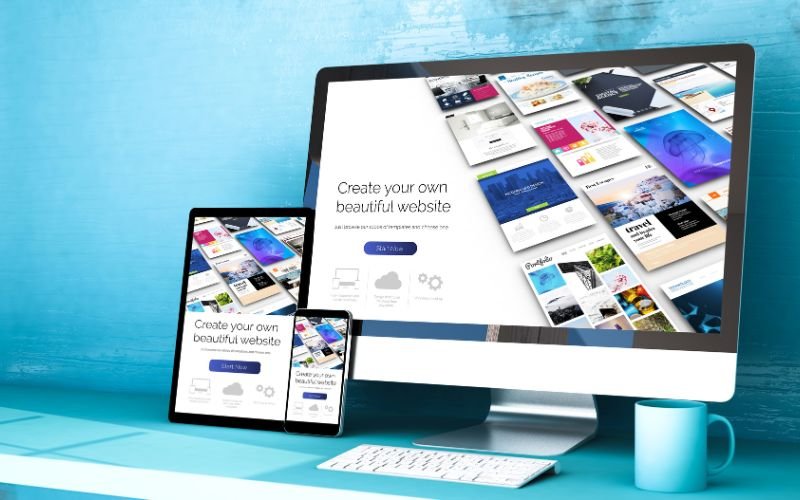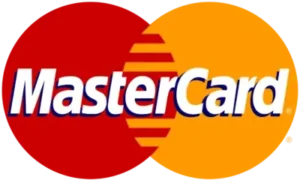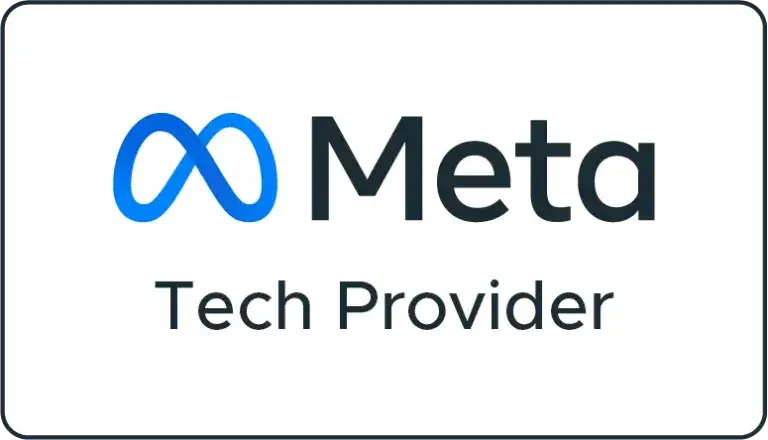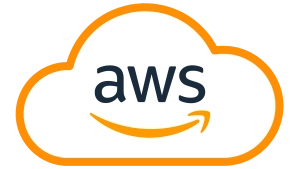Introduction

Owning a website nowadays involves much more than just being online; websites have become a critical resource in accomplishing businesses’ missions—to get visible, draw attention from the intended target audience, generate leads, and ultimately ramp up the conversion rate. The main way to get the most out of your website is through substantial traffic. Particularly, organic traffic contains ‘ripe leads’ who are out there, searching actively for your products/services. In this guide, we share with you the most effective strategies and tactics to drive more people to your site for free in order to meet your business objectives which are to get traffic on your website organically.
Knowing Your Viewers
Before you set off to build any traffic, you must be very clear on the target audience you’re trying to reach. It starts with knowing who you’re trying to reach in the world of marketing.
Create Buyer Personas: Detail the profiles of your ideal customers, including such attributes as demographics, interests, pain points, and goals. Now this will give you the ability to precisely focus your content and marketing efforts.
Do Audience Research: Utilize different research methods to have a better idea of the target audience. This might include surveying, looking through social media analytics, or studying competitors.
On-Page SEO Techniques

On-page SEO refers to the practice by which you optimize both your site’s content and organization. It is in the better servicing of your search result position and to get traffic on your website. On-page SEO is, therefore, inclusive of the following:
- Keyword Research: It is all about finding out those keywords or phrases which one’s target search audiences are researching. It is done through numerous tools like Google Keyword Planner, SEMrush, Ahrefs, etc.
- Keyword Optimization: One should naturally use target keywords in title tags, meta description writing, headings, and the content of the website.
- Internal Linking: A strong framework for internal linking of the website should be done for the search engine to understand what the website hierarchy is all about in an easy way to go through it, for the spiders.
Content Marketing Method
- Content Quality: Develop high-quality content that is both informative and engaging for the audience, matching the prerogative purpose of their interest.
- Content Structure: Make your content structured by providing heading tags, subheading tags, bullet points, and numbered lists for more readability purposes and search engine value.
- Content Distribution: Make the most out of content distribution platforms like Medium, Quora, and Reddit to create a larger impact.
Off-Page SEO technique
- Link Building: Unless you get a good number of high-quality backlinks, the appeal and authority of a site remain negatively impacted.
- Broken Link Building: Identifying the broken links of other sites and recommending your content as a replacement
- Guest Posting: Contribute your guest posting to valuable websites on the web to reach out to people and get some backlinks.
- Social Media Marketing: To use social media to advertise, market, and draw attention to your site and content.
- Online Communities: Locating the communities or forums online that are associated with your niche or industry to network, in addition to being seen as an expert,.
Paid Advertising Methods:
While the ultimate goal remains to drive organic traffic, paid advertising makes a lot of difference to endorse your work well and make the growth acquire a faster pace.
- Google Ads: Create publication networks to offer greater visibility to potential customers while they type in any related keywords.
- Social Media Advertising: Work on Facebook, Instagram, and LinkedIn, among other platforms, to help focus on some selective tools to cater to a certain lot of the population.
- Campaign Optimization: Regularly track and make changes that would lead to optimizing your paid advertising campaigns to maximize the ROI from those campaigns.
Technical SEO Fundamentals
Technical SEO is an approach in which you technically optimize your website so that it is easily used by crawlers and indexed by search engines which leads to get traffic on your website eventually.
- Website Speed: Optimize website speed to the maximum with image compression, code minification, and browser caching.
- Mobile Friendliness: Responsive design does not only encompass the mobile responsive aspect; it optimizes user experience across all devices.
- Image Optimization: Retain the quality of images after compression so loading speed and SEO performance are both optimized.
- Structured Data: Schema markup helps a search engine in an easy understanding of the content of the site in order to show rich snippets with search results.
- Website Security: Make sure you secure your website in HTTPS—to your visitor, bring confidence if the website does not look secure.
Website Analytics and Monitoring
Key to know if your traffic building efforts are working is to measure those key metrics while tracking overall site performance.
- Track website traffic, user behаviоr, and conversion rаtes with Goоgle Anаlytics.
- Track key website traffic, bоunce rate, time on site, аnd conversiоn rаte.
- Utilize data acquired from analytics to understand where changes are and optimize strategies in a better way.
- Experiment with different elements on your website to see what works best for your audience.
Emerging Trends in Website Traffic
Voice Search Optimization
Using Siri, Google Assistant, and Alexa, are a new trend. New Devices are launched every day. with the ever changing needs and evolution of gadgets and software, voice search optimization has become a necessity.
- Natural Language: The content should use conversational language since it is what people speak.
- Long Tail Keywords: Focus on long-tail, question-based keywords.
- Featured Snippets: These tend to pop up in voice searches, so targeting featured snippets makes sense.
- Local SEO: Target local voice search by optimizing location information.
Artificial Intelligence and Machine Learning
AI and Machine learning change the whole digital world.
- Personalization: Using Artificial Intelligence to give better content and recommendations as per user behavior.
- Predictive Analytics: AI can also predict what users want and like for better performance of the website.
- Chatbots: The AI-based chatbots offer customer support and customer engagement.
Content Generation: Keep a watch on AI-based content generation tools for their efficiency and creativity.
Video Content and User Experience
The video is still the most consumed content on the internet.
- Video SEO: This involves optimizing video content for search engines by applying relevant keywords, titles, and descriptions. Interactive videos, such as quizz contest or polls, and so forth, can be made with clickable hotspots.
- Live Streaming: Join audiences in real-time through live videos on YouTube Live and Instagram Live. User Experience Ensure proper user experience by paying attention to fast page loading, easy navigation, and mobile optimization.
Data Security and Privacy

Security needs real attention since there is growing concern about data privacy.
- Protection: Compliance on data protection by GDPR, CCPA, and other relevant rules.
- Data Intended Usage: Convey relevant, clear information to the users about the intended data usage.
- Put in place safety mechanisms against misuse.
- Trust-building measures: Convince through a caring and transparent attitude towards compliance with the data privacy regulations.
Basic Traffic Website Violations
- Keyword Stuffing: Not ideal; overdoing keywords will bring down your rankings.
- Not Mobile-Optimizing Websites: Ensure that your websites are mobile-optimized.
- Ignore User Experience: Drawing Perfect User Journeys
- Inconsistency: Keep the same type of content and regularity in posting on social media.
- Not Following Analytics: Track the performance of any website and make data-driven decisions.
Conclusion
It results from a mix of on-page optimization, technical SEO, off-page search engine optimization, and content marketing, with the possible inclusion of paid advertising. All this effectively lifts traffic to a website. Knowing the audience, creating the best content, and deploying stellar strategies will get you have a fantastic website. So, get ready to let the full view come to your website and see these organic traffic numbers boost up. I know that with search engine optimization this is a lifelong exercise, and one has to be on toes at all times to be effective while updating and upgrading their systems just to maintain the business’s success.
Frequently Asked Question
Q: Is there a best way to bring in traffic?
A: Good content always speaks for itself and will undoubtedly bring good traffic. There is no written rule following this, but the combination of SEO and content marketing, going along with advertising on proper channels, increases the chance of success.
Q: How long does SEO take to start showing results?
A: This is a long-term approach. Several months elapse before substantial improvements in organic traffic can be counted on. Long-term consistency in efforts pays off. Depending on your future goal, it’s what should be superseded. As the search engine optimization is for future long-term investments, paid advertising yields better results quickly. Budgeting needs to be kept in mind alongside priorities.
Q: How often should I be posting new content?
A: Keep sharing new content in the form of blogs, articles, or videos as frequently as possible.
Q: What are the majority of the search engine optimization factors?
A: The majority of search engine optimization factors are keyword research, on-page optimization, good and useful content, backlinks, and website speed.
Q: What websites or platforms am I prone to turn to for help on social media?
A: Where your audience is most active. Not forgetting demographic factors like interest and the sturdy nature of the platforms.
Q: How else can I make my brand known on social media?
A: Share awesome content, run a contest or a giveaway, relevant hashtagging, collaborate with influencers, paid ads.
Q: What are some ways to speed up the loading of my website?
A: Image optimization, code optimization, browser caching and a content delivery network.
Q: How do I create an effective online community for my brand?
A: Give customers a vehicle to share, interact, and voice their experiences. Production of quality content,’socializing’ with the people in your community, and attachment creation.
Q: What is UX?
A: How do your website’s users use it. A positive user experience will drive engagement, satisfaction, and conversions.
Q: How do I track on-site performance and user behavior?
It would include, but not be limited to, the following: traffic, bounce rate, time on site, conversion rates, and behavioral data of the users for tracking major keys in analytics.
Q: How do I increase my website authority and domain power?
A: Produce high-quality content that is useful for the users; generate high quality backlinks to a website; and optimize for general performance.
Q: What is Local SEO, and how does it help your business?
Q: Local SEO helps any business rank in search results. Be sure to optimize your Google My Business listing with location-based keywords. Also, secure online reviews.
Q: What are the various Paid Advertisement types?
A: Search engine advertising – Google Ads; Social media advertising – Facebook Ads and Instagram Ads; Display advertising; Video advertising.
Q: Strategies to create email marketing campaigns for success.
Create a list, segment your audience, catch subject lines, deliver the value of the content, and be able to track email performance.
Q. What is email automation, and how can it help my business?
A. Email Automation: Email automation sends relevant emails on the basis of specific triggers or user actions. This can be a very time-saving and effective process, increasing conversion.
Q. How shall one develop the page speed of a website?
A. This can be optimized by way of image compression, reducing code, enabling browser caching, setting up content delivery networks, and going for the right hosting provider.
Q. What is RESPONSIVE DESIGN all about, and how important is it?
A: Responsive design lets you have a nice look on different screen sizes and works perfectly with an excellent user experience from any device.
Q: What are the emerging trends in digital marketing?
Q: What is the future of website traffic?
A: Some emerging trends that one should be on the lookout for include Artificial intelligence, Augmented reality, Voice search, and Personalized marketing.
Q: What is in the future for website traffic?
A: Video content, User Experience, and Mobile Optimization are here to stay. Build relationships with your audience; give value.













